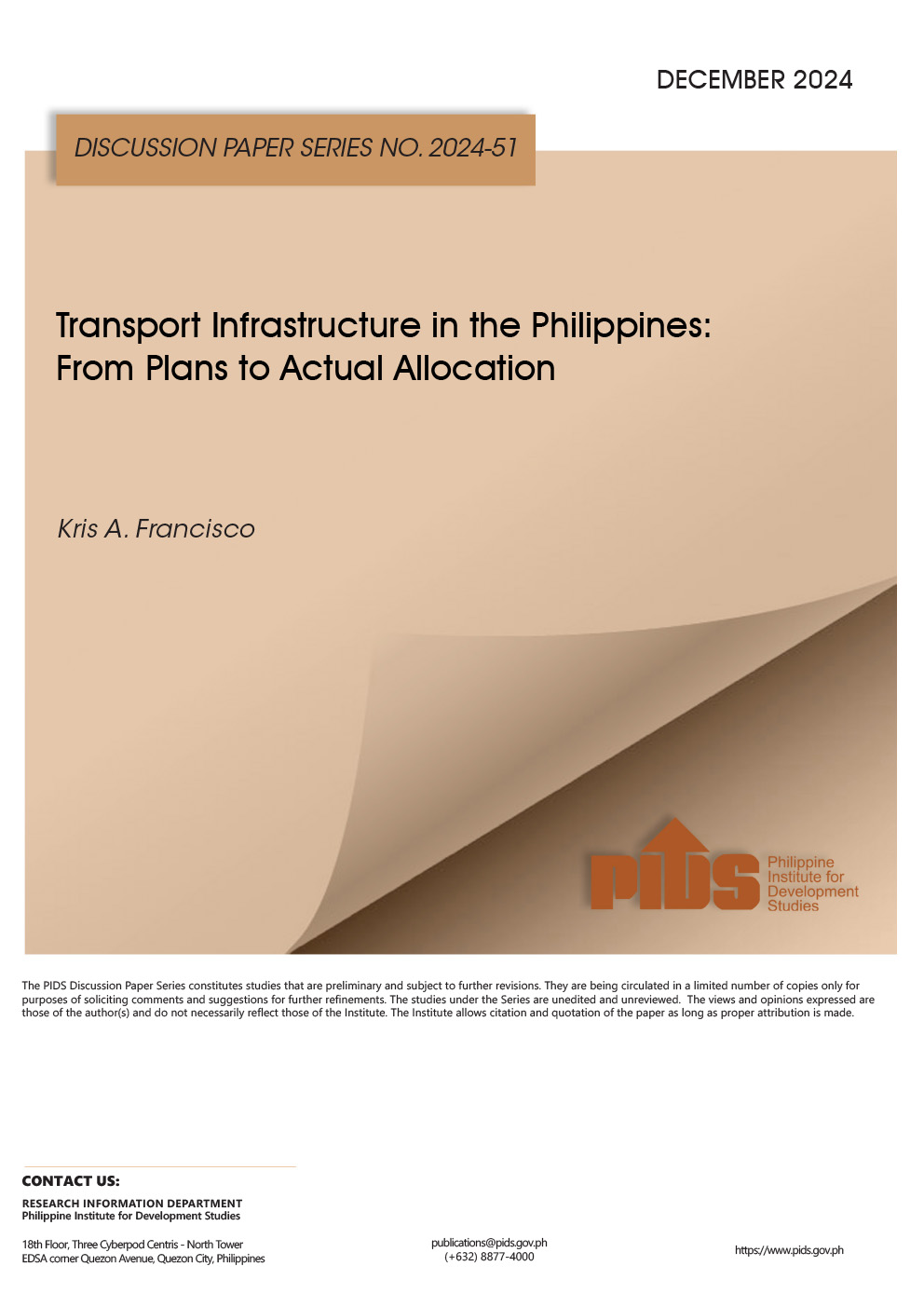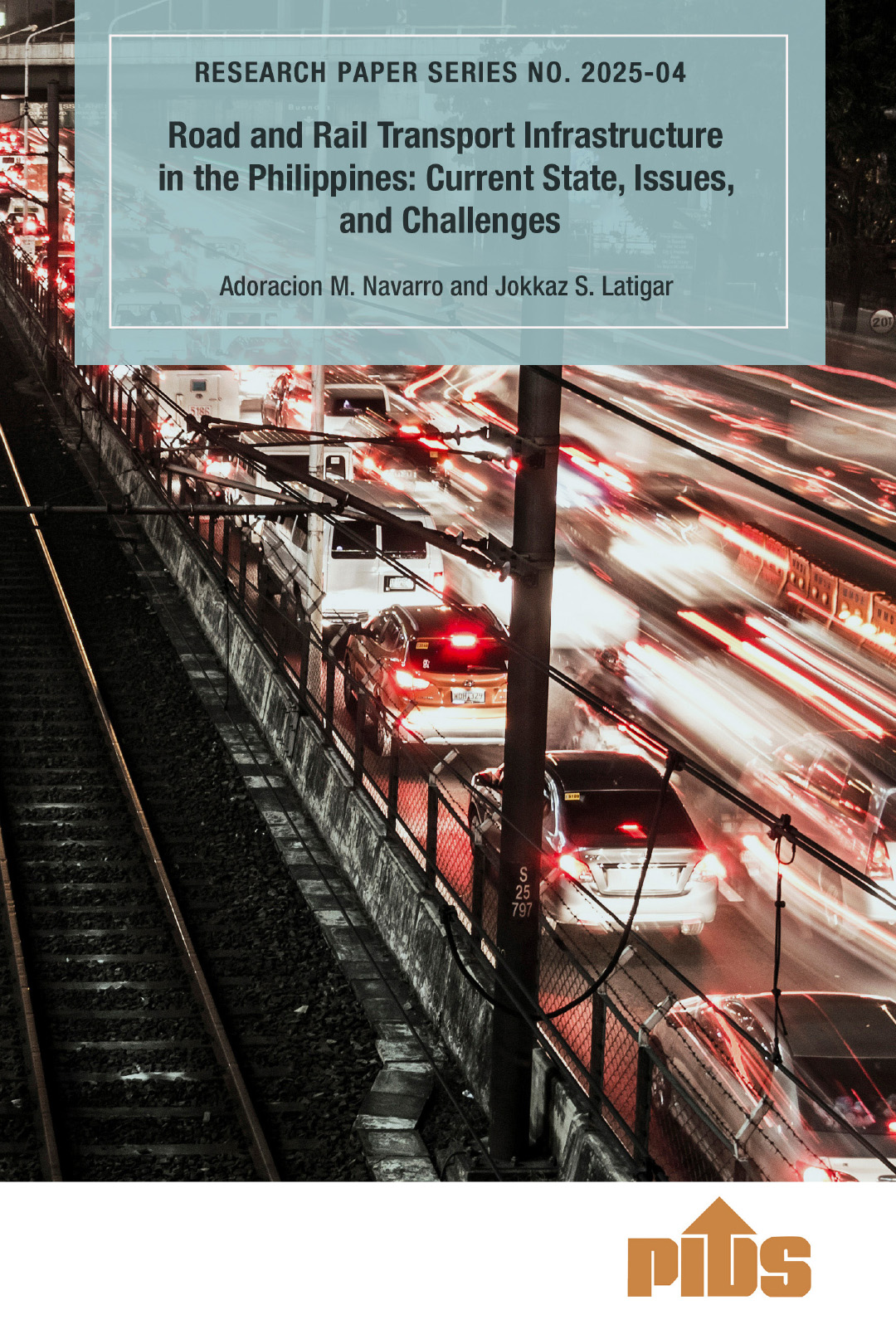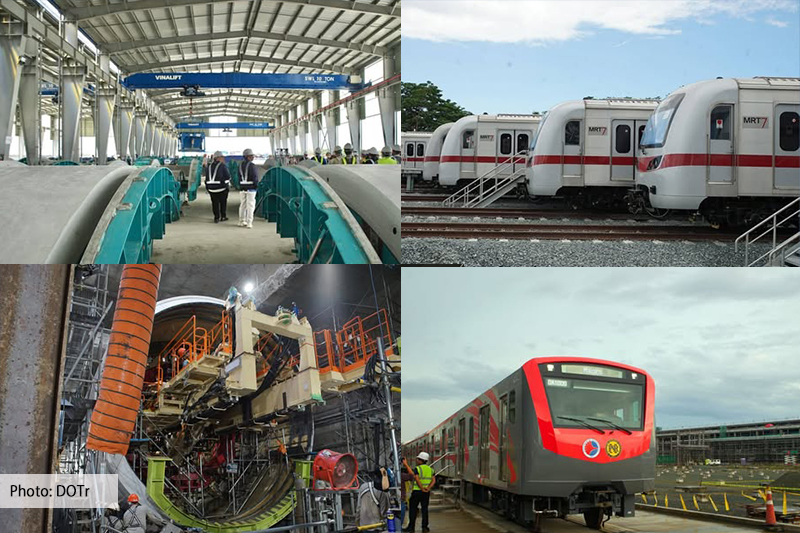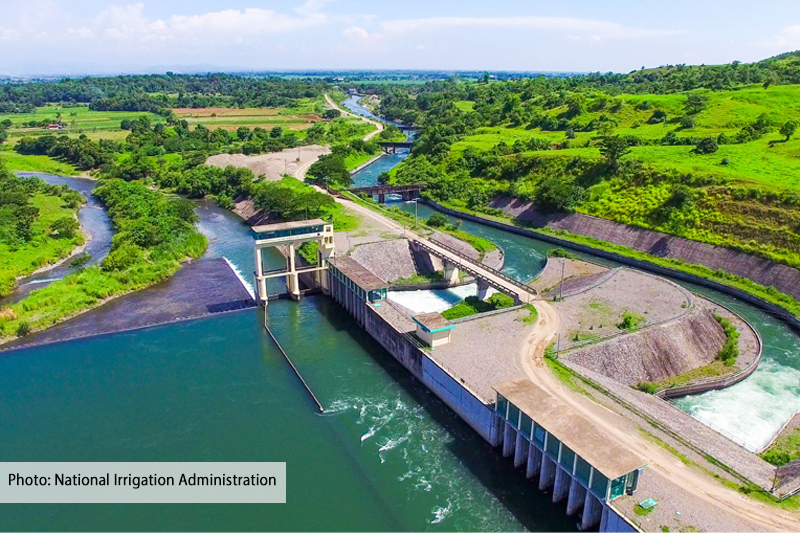BATAAN, Philippines – With the Philippines’ depleting natural gas sources and a looming energy crisis, proponents of nuclear energy are reviving the idea of the mothballed Bataan Nuclear Power Plant (BNPP) sitting atop Napot Point overlooking the South China Sea.
The BNPP is called by many names – sleeping giant, white elephant, monster of Morong – all pointing to its sheer size and the wasted potential of a power plant that dented Philippine coffers by $2.2 billion. Until now, its maintenance of P40 million to P50 million is being paid for by Filipinos every year.
President Ferdinand Marcos Jr. has expressed interest in nuclear energy; now could be the opportune time to flaunt nuclear as the better alternative to coal-fired power plants.
Currently, the Philippines is still heavily reliant on fossil fuels, considered the primary contributor to climate change. Renewables make up only 29.5% of the country’s energy mix, according to a report from the Department of Energy.
Proponents say nuclear energy is the better alternative to fossil fuels. But is the Philippine government ready to manage nuclear power plants?
President Rodrigo Duterte signed an executive order for a study on nuclear energy, and not to open or reopen a nuclear power plant
‘There’s still a lot of work to be done in transforming or shifting social norms around gender,’ says women’s rights expert Nathalie Africa-Verceles in a Rappler Talk episode
As an answer to the worsening climate crisis and the mounting pressure all over the world, governments are strategizing a shift from fossil fuels to cleaner sources of energy. Nuclear is promoted as one such source.
One of nuclear’s staunch proponents, House committee on nuclear energy chairperson Mark Cojuangco, hoped the power plant would be ready for commission within five years. He is advocating for the passage of a bill creating a comprehensive nuclear regulatory framework.
The Pangasinan lawmaker wished that the President “overcomes politics” and that things would move more swiftly under his administration.
However, Marcos himself recognized during his first State of the Nation Address that strict observance of regulations is critical if the country ever decides to develop nuclear energy.
“We will comply, of course, with the International Atomic Energy Agency (IAEA) regulations for nuclear power plants as they have been strengthened after Fukushima. In the area of nuclear power, there have been new technologies developed that allow smaller scale modular nuclear plants and other derivations thereof,” Marcos said in July 2022.
It’s still a long road to get the BNPP to operate, one lined with so many questions, concerns, and the inevitable protests of environmental groups, Bataan residents, and concerned government officials.
The better alternative?
Nuclear plants have one of the lowest contributions to greenhouse gas emissions among other sources.
The IAEA, an intergovernmental organization for peaceful uses of nuclear, reported that only 5.1 to 6.4 grams of greenhouse gas emissions are emitted per kilowatt hour of nuclear electricity generation, which is 100 times lower than coal-fired power plants.
But some high rewards come with high risks.
“Consistent policy and regulation, both over time and across countries, are especially important given the relatively long lifetime and high upfront cost of nuclear compared to other energy technologies,” the IAEA said in the report.
Because of the high level of technology and the corresponding hazards and strict regulations, most nuclear power plants are located in industrialized nations.
When Cojuangco toured the media around the nuclear village – around 17 kilometers away from the BNPP – and inside the BNPP, he sounded so sure of the power plant’s safety.
The 620-megawatt power plant stands on a 300-hectare property in Morong. What one hears first upon entry is the soundlessness of dormant apparatus. Pipes are rusting and paint is peeling off from the equipment. Dull light from the ceiling casts shadows over everyone’s faces. Reviving the power plant would cost around $1 billion – a ballpark estimate by the Korea Electric Power Corporation in 2017.
Cojuangco guided the media inside and pointed at seismic bracings overhead. Redundancy is the hallmark of safe nuclear facility design, said Cojuangco.
“If one fails, they need to shut down the plant even if the other one is running,” the congressman said as he led reporters to another motor control center identical to the previous room.
In the control room, where telephones and analog keyboards are yellowing from age, Cojuangco said the BNPP remains at par with other power plants abroad like in South Korea and Slovenia.
Analog equipment – not digital – is still what’s widely used in nuclear plants in other countries, according to Cojuangco. Even a consultation with American company Westinghouse Electrical Corporation – the company that built the power plant four decades ago – assured Cojuangco of this matter.
“Kausap ko si Westinghouse a month ago over Zoom, okay sa kanila ‘tong analog,” said Cojuangco. (I’ve talked to Westinghouse a month ago over Zoom. They said they are okay with analog.)
Later on, Cojuangco would pull out an image of the control room of Watts Bar, a nuclear plant in Tennessee in the United States that was constructed around the same time the late dictator Ferdinand E. Marcos announced the decision to build the BNPP. Watts Bar started operating only recently in 2016, with its control room looking similar to the control room of the BNPP.
Before it can be ready for commission, the BNPP is required to act on 19 infrastructure issues set by the IAEA.
The checklist ensures that a nuclear power plant has a radioactive waste management system in place, that there are enough legal safeguards, and that the right people are highly trained to manage and operate the power plant.
“The order in which these 19 infrastructure issues are presented does not imply relative importance,” the IAEA said. “All of them require appropriate attention.”
However, former Russian ambassador to the Philippines Igor Khovaev said in a 2018 CNN Philippines report that the BNPP was already beyond revival.
The president at the time, Rodrigo Duterte, was also keen on developing nuclear energy in the country. In 2019, Duterte signed business deals with Russia, including exploring prospects of constructing nuclear power plants.
New technologies are also expanding options for countries who want to go nuclear.
Marcos has expressed openness to exploring small modular reactors (SMR) or advanced nuclear reactors that can be factory-assembled and are smaller than traditional large reactors. They can also be moved by land or deployed at sea.
During his visit to the United States earlier in 2023, Marcos met with American company NuScale Power Corporation for plans to install SMR sites in the country.
NuScale’s investment project is pegged to cost around $6.5 billion to $7.5 billion and would provide 430 megawatts of power by 2030.
Importing fuel, storing waste
If the BNPP ever becomes ready to operate, there is still the question of where the Philippines would get its uranium.
Uranium is the fuel used to produce nuclear energy. The atoms of uranium are split inside a reactor, causing other atoms to break apart to create heat. This fission produces steam that, in turn, causes turbines to drive generators, creating electricity.
But the Philippines does not have uranium mines. Retired geologist Rolly Reyes said in a study that possible locations could be Northern Palawan and Camarines Norte.
Since the country doesn’t have the raw materials, the Philippines would have to import uranium from countries with mining sites accredited by the IAEA.
“Only big, continental countries have good quality uranium deposits, including Russia,” Vallerie Samson, deputy director of the Philippine Nuclear Research Institute (PNRI), told Rappler. PNRI advocates for the revival of the power plant, and no less than its chief, Carlo Arcilla, has guaranteed its safety.
Samson said that in the case of the BNPP, the country would just have to import around 28,395 manufactured fuel rods as these are “cheaper economically.” These should be enough for two years.
But the Philippines also lacks the facilities for the back end of nuclear electricity generation. A recent study released by the Philippine Institute for Development Studies said nuclear energy demands a long-term commitment, around 100 years, starting from the construction of the power plant up to waste disposal.
Operating a nuclear power plant creates radioactive waste – a type of waste that can be harmful to the environment and people’s health.
Experts around the world agree that an underground geological facility is the best option for storing high-level radioactive waste. An ideal place should have stable geological conditions and be isolated from humans and the environment.
Depending on their level of toxicity, dealing with radioactive waste can take a few days up to thousands of years. There are no such waste management facilities in the Philippines yet; Samson said this would be part of the process of preparing the BNPP for commission.
A history of corruption
Aside from safety, proper management of the power plant remains a huge point of concern.
However, the BNPP is already marred by its history of corruption linked to the Marcos dictatorship.
Herminio Disini, a known Marcos crony, brokered the power plant deal with Westinghouse Electrical Corporation in 1974. Disini was suspected of using his close ties with the dictator to receive a P50-million payout from the deal.
Even after his death in 2014, Disini owed the Filipino people P1 billion for corruption allegations surrounding the BNPP deal. (READ: SC awards over P1 billion to government for Marcos crony power plant mess)
During its construction in the ’80s, many people opposed the power plant and mounted protests over safety and corruption concerns. The construction was completed in 1984, but the BNPP never got to operate until Marcos was overthrown in a popular uprising in 1986.
In the same year, the Chernobyl disaster in Kyiv, Ukraine, happened. At least 30 died in the accident caused by a flawed reactor design and inept personnel. The World Health Organization also reported 5,000 cases of thyroid cancer among children and adolescents at the time of the disaster, followed by an excess of 9,000 cancer deaths among evacuees and people who worked in the aftermath.
The disaster was rated Level 7 – the highest level in terms of impact on people and the environment – on the International Nuclear Event Scale.
The Chernobyl disaster sounded the alarm on the dangers of nuclear plants. Less than seven months after the accident, then-president Corazon Aquino decided that the Philippine government would not operate the BNPP for “reasons of safety and economy.” The power plant has since remained dormant and has not produced a single watt of electricity.
Tanked promises
And it should remain deactivated, say many environmental advocates and residents of Bataan, where the power plant is located. For them, the promise of nuclear energy has already tanked before it could even be fulfilled.
For one, the possibility of job generation doesn’t particularly seem alluring anymore.
Derek Cabe, coordinator of the Nuclear-Free Bataan Movement (NFBM), questioned the kinds of jobs that would be given to the community if the power plant is allowed to operate. NFBM is a network of groups and individuals demanding the shift away from dirty energy and into renewables.
“Kapag nag-operate na ‘yan, hindi naman matatanggap diyan ‘yung mga hindi scientists, or experts, or highly skilled,” said Cabe. “Anong skills noong mga tao sa munisipyo? Wala namang nuclear scientists sa municipality…. Ang madami doon ay mga magsasaka, mangingisda.“
(If it operates, they won’t accept people who are not scientists, experts, or highly skilled professionals. What are the skills of the members of the community? There are no nuclear scientists in the municipality. Most of them are farmers and fisherfolk.)
In the past, it started as a campaign to oppose the construction of the power plant during the Marcos dictatorship. Since then, the movement has evolved into an environmental organization that now finds itself in the surreal position of opposing the same plant’s possible revival under another Marcos.
“After 40 years, parang hindi akalain na babalik tayo ulit sa usapin na ‘to,” said Cabe. “[B]abalik tayo ulit sa usapin ng mga Marcoses. Akala natin tapos na ‘yun.” (After 40 years, we didn’t think we would go back to this conversation – the conversation about the Marcoses. We thought that was over.)
The promise of power generation doesn’t encourage enthusiasm, too, as they are already inundated by the many power plants built in Bataan, said Cabe. She said Bataan continues to “make sacrifices” for people who make use of the energy generated in their province.
Meanwhile, Greenpeace Philippines energy transition campaigner Khevin Yu said the nuclear industry is only posturing as a transition energy, similar to what the fossil fuel industry is doing.
At the heart of energy transition, Yu said, is climate action. The climate time bomb is ticking, and the need to fast-track the transition to green energy has become a matter of justice. As one of the more vulnerable countries to climate change, the Philippines is in no position to dilly-dally on just energy transition.
Despite nuclear’s rosy promises of a green future, Yu said what’s making people vigilant is the Philippine government’s history of ineptitude in handling critical technologies, emergencies, and disasters.
“We have the PNRI. We have the BNPP. But we don’t have the experience,” he added.












